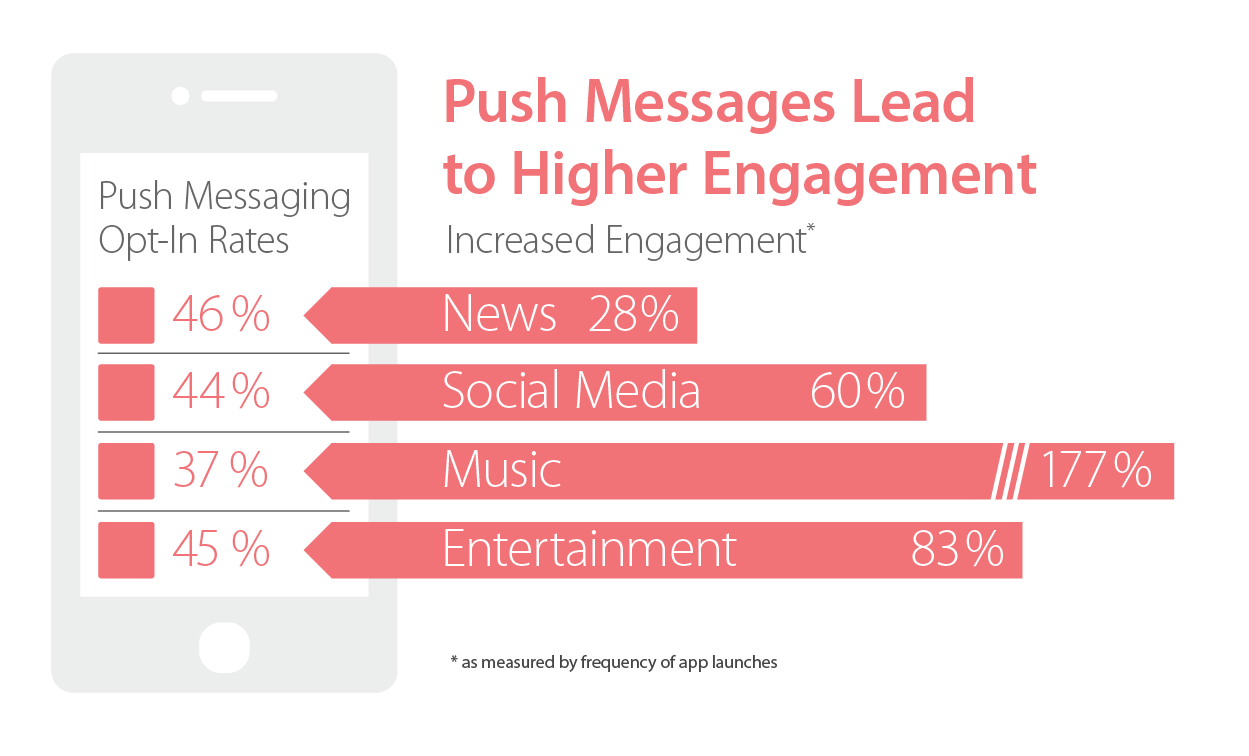It usually requires a lot of hard work to create an app, but nobody can say if it will be successful or not. Even with ample money and time invested, app developers cannot guarantee a successful mobile app. The reason is that app developers just can’t know exactly what their potential clients want to have in their mobile app.
Don’t try to create something you think people will like to use, you need to create an app you know people will like and use for sure. Actually, your idea doesn’t have to be perfect from the very beginning, but you have to be open to any further improvements and fixes in your app, if necessary.
But how to know what to improve and what has to be fixed or what do your customers want now? The only answer here is getting feedback.
Feedback is crucial. It will help you build an outstanding mobile app.
Why Feedback is Important?
It might be challenging to know what your customers will need from a mobile app. But no matter what your customers need now, the only way to know it for sure is to listen to their personal opinion.
And that’s true: only an active user can tell you what doesn’t work and what could be better in the app. Companies that ignore their customers’ feedbacks usually lose. Feedbacks left by your customers help drive your product roadmap to apply changes that are the most important for your customers. Everything related to mobile moves fasts and limiting the number of guesses you benefit from into a better product’s development.
Asking and replying to feedback is another great way to build a strong relationship between you and your app’s users and develop a community. When users see that their feedback is taken seriously, they are more interested in providing it and feeling more connected to your app.
Finally, always try to provide value. Show your customers that you’re listening to them. They should realize that you are attuned to their requirements and needs and will do your best for them.
How to Get Feedback for your Mobile App

There are various tools and ways you can use them for feedback inside your app. The first one is to include an easily accessible function inside the app that users can find and use anytime.
Another awesome way to ask your customers to leave feedback for you is to let them know that you want to hear it. Those guys who are really interested in your app will definitely read the release notes of each version. Include a message in your release notes that encourages the users to reach out and talk to you.
Your customers should know where they can leave feedback for you. You may consider the pointing method inside your app if you have it available. If not, point them to all the places where you are ready and listen.
Both of the above tips are great but they are more likely to work for a small group of your customer base, which is actively searching for release notes or just like to get in touch. Whether your option is to reach a bigger part of your users’ base, you should become really proactive and encourage your clients for leaving feedback.
But before discussing the best tools for reaching out to your clients, you should remember that there are places and times that are always better than others when it comes to asking for feedback for your application. Understanding the right time and place for promotion will help you to avoid the bad experience of using the app for any niche (community app, for instance).
You should realize that it’s not a good idea to prompt a new user to leave feedback after he’s just launched the app or he is in the middle of using it (i.e. checking out, playing level, writing a message). Otherwise, finding moments of possible confusion or moments of success can be the best times to encourage your customers to share their thoughts with you.
Once you’ve found the confusing moments, you can promptly fix them and if your customers are already happy with the product, you can enjoy more positive reviews in the app store as well. A win-win situation, isn’t it?
Asking general feedback is good, but sometimes you might need your clients to answer specific questions, which can build more structured feedback for you. Explore surveys, as this is the best tool for getting structured feedback.
Surveys are very popular because they help you to analyze the market as well as drive customers’ insight. Have ever noticed that many auto shops and restaurants have such surveys as “Did you find everything you were looking for?” or “How did we do today?”
These questions may seem very simple for a consumer, but for businesses, they are extremely important for understanding what to do to improve.
Speaking about mobile apps, the possible questions are:
- What’s your opinion about the new feature we’ve just released? (include a few possible answers).
- What new feature would you like us to include in the next update? (include a few possible answers).
- How likely are you to recommend this product to a friend? (include a few possible answers).
The above suggestions can become a super way to receive reviews for your app, but that’s just the beginning. Think about going further by replying to the feedback and adding it to your product roadmap.
Responding to Feedback
Remember that all customers who leave a review drive your business forward and you should value any feedback, even if it’s full of criticism. It’s crucial to let your users know that they’ve been heard and their time and suggestion have been appreciated. Aim for turning your customers into loving fans.
When there are any changes or updates made in your app, give a credit. A credit may be thanking your clients in the update notes. You can even go further by reaching out to those who shared their opinion and thank them privately. Always leave your conversation open and encourage your users to share feedback at any time.
Want to receive reading suggestions once a month?
Subscribe to our newsletters


